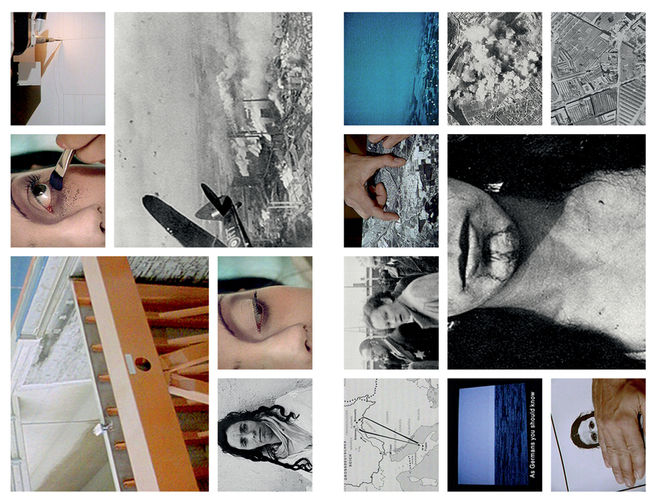Screening & Discussion
September 8, 2014, 7pm
Originally programmed to mark the launch of a new publication on Harun Farocki's films titled Harun Farocki Diagrams. Images From Ten Films, this event will pay tribute to and celebrate the work and life of the groundbreaking German filmmaker.
